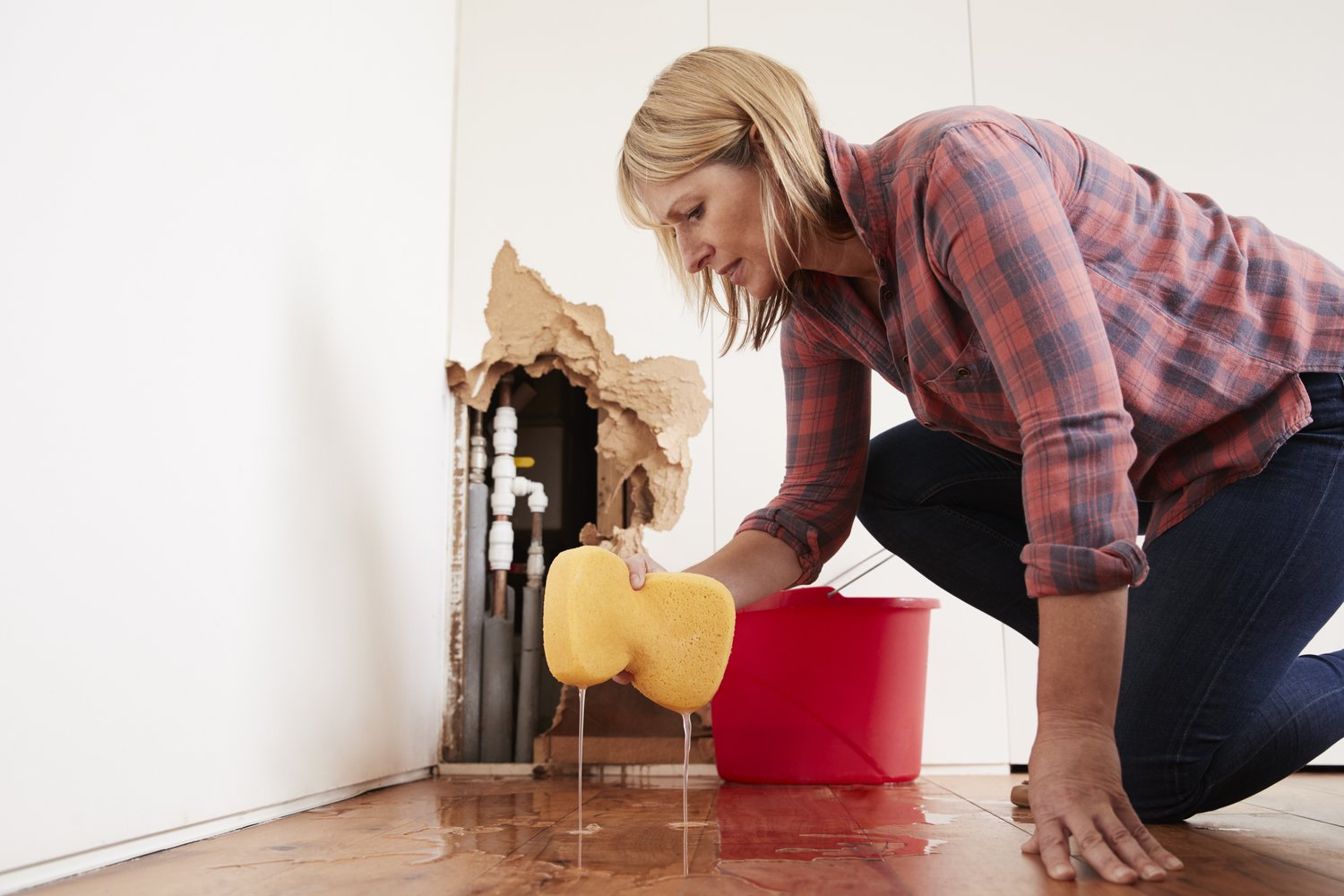Plumbing issues can arise unexpectedly, often at the most inconvenient times. While complex problems require professional help, many common plumbing issues can be resolved with basic DIY plumbing repairs that don’t require specialized tools or expertise. Learning how to fix a running toilet, clear a clogged drain, or stop a dripping faucet can save you money and the hassle of waiting for a plumber. This article covers essential plumbing skills every homeowner should master to handle minor emergencies and maintain their home’s plumbing system effectively.
Understanding Your Home’s Plumbing System
Before diving into specific repairs, it’s important to familiarize yourself with your home’s plumbing basics. Most residential plumbing consists of two separate subsystems: one that brings fresh water in and another that takes wastewater out. The water supply system is under pressure to deliver water to faucets, toilets, and appliances. Meanwhile, drain-waste-vent plumbing uses gravity to remove used water and waste. Knowing where your main water shutoff valve is located is crucial for any plumbing work. This valve is typically found near where the main water line enters your home, often in the basement, crawl space, or utility room. In an emergency, turning this valve clockwise will shut off water to the entire house, preventing potential water damage while you complete repairs.
How to Fix a Running Toilet
A running toilet is among the most common plumbing issues homeowners face. It’s not just annoying—it can waste hundreds of gallons of water and significantly increase your water bill. Fortunately, fixing a running toilet is a straightforward basic plumbing fix. The problem usually stems from one of three components inside the tank: the flapper, the fill valve, or the flush valve. To diagnose the issue, remove the tank lid and observe what’s happening. If water continuously runs into the overflow tube, the fill valve likely needs adjustment or replacement. If water seems to be seeping from the tank into the bowl, the flapper may not be sealing properly. To check the flapper, add a few drops of food coloring to the tank water. If the color appears in the bowl without flushing, you’ve confirmed a leaky flapper. Replacement parts are inexpensive and available at any hardware store. Remember to turn off the water supply to the toilet before beginning any repairs by closing the shutoff valve located behind or near the toilet’s base.
Clearing a Clogged Drain
Clogged drains in sinks, tubs, or showers are inevitable in most homes. Many homeowners immediately reach for chemical drain cleaners, but these can damage pipes and are harmful to the environment. Instead, try some gentler methods first to clear clogged drains. For sink clogs, start by checking the P-trap, the curved pipe beneath the sink. Place a bucket underneath, then unscrew the trap to remove any debris that may have accumulated. For clogs further down the line, a plunger designed specifically for sinks can be effective. Ensure there’s enough water in the sink to cover the plunger’s rubber cup, then plunge vigorously several times. Another effective tool is a drain snake or auger, which can reach deeper clogs. Insert the snake into the drain and rotate it while pushing forward until you feel resistance. Continue turning as you push through the clog, then pull it back out, bringing the debris with it. For preventative maintenance, pour boiling water down drains weekly to dissolve soap residue and grease buildup before they cause problems, as suggested by experts at AskHomey.
Fixing a Dripping Faucet
A dripping faucet is more than just an irritating sound—it can waste thousands of gallons of water annually. Most faucet leaks result from worn-out washers, O-rings, or cartridges, making them relatively simple to fix. Before starting any faucet repair, turn off the water supply using the shutoff valves typically located under the sink. Then, plug the drain to prevent small parts from falling down the pipe. The repair process varies slightly depending on your faucet type (compression, ball, cartridge, or ceramic disk), but generally involves disassembling the handle to access the internal components. For compression faucets, replacing the rubber washer usually solves the problem. For cartridge faucets, you’ll need to replace the entire cartridge. Hardware stores carry replacement parts for most common faucet brands. During reassembly, remember the order in which you removed components and avoid overtightening, which can damage new parts.
Addressing Low Water Pressure
Low water pressure can turn everyday tasks like showering or washing dishes into frustrating experiences. Sometimes the fix is as simple as cleaning aerators on faucets, which can become clogged with mineral deposits over time. Unscrew the aerator from the faucet tip, rinse it thoroughly or soak it in vinegar overnight to dissolve deposits, then reinstall. If low pressure affects the entire house, check your main water valve to ensure it’s fully open. Water pressure problems can also result from hidden leaks in your plumbing system. Examine visible pipes for signs of leaking and monitor your water meter for unexpected usage. If you’ve tried these basic plumbing fixes and still experience pressure issues, you might need professional assessment, as the problem could involve municipal water supply or more serious plumbing defects.
When to Call a Professional
While DIY plumbing repairs can save money and provide immediate solutions to common problems, it’s important to recognize when a job requires professional expertise. Issues involving main sewer lines, persistent leaks behind walls, or water heater problems should be handled by licensed plumbers. Additionally, any repairs involving gas lines or major modifications to your plumbing system require professional intervention for safety and code compliance. When selecting a plumber, choose licensed professionals with good reviews and clear pricing policies. Remember that investing in quality professional work for complex issues can prevent costly damage and ensure your home’s plumbing system functions properly for years to come.
For more tips and to connect with reliable home service professionals, follow AskHomey on Facebook and Instagram.



